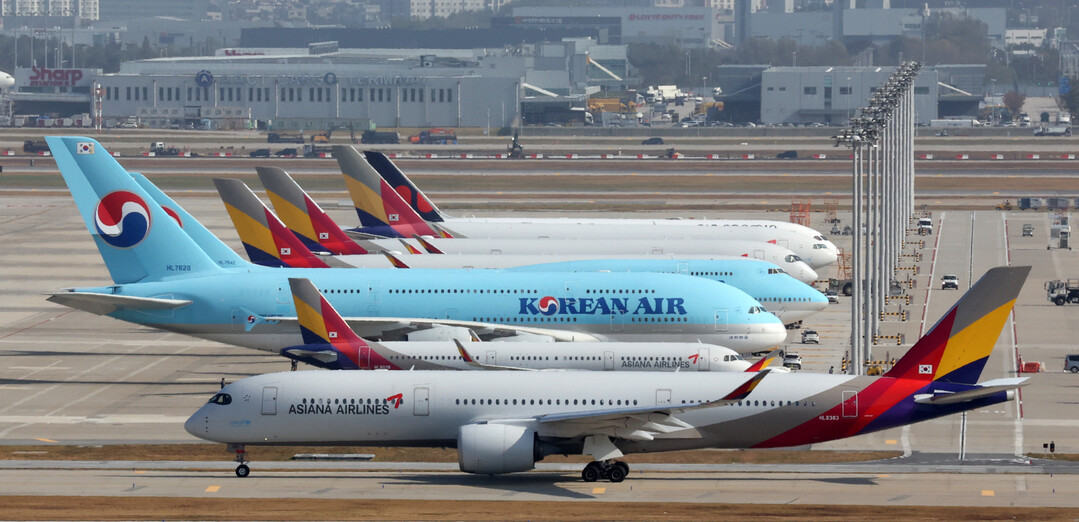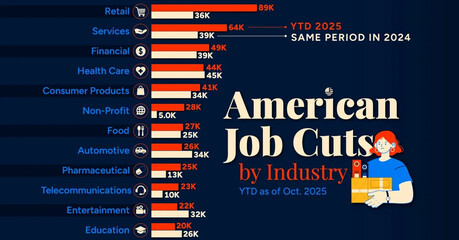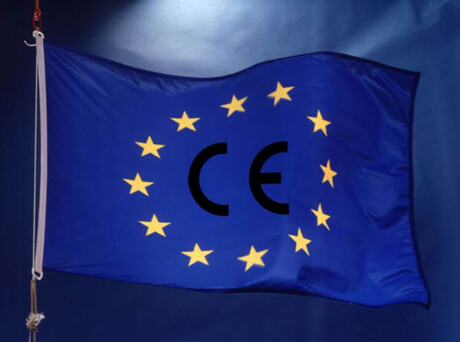
SEOUL, South Korea—Korean Air (KAL) has finally unveiled the integration plan for Asiana Airlines mileage ahead of the merger, a decision eagerly awaited by consumers. The core of the plan, announced on September 30, allows Asiana mileage to be used interchangeably with Korean Air's from the end of next year, ensuring that Asiana customers can retain their points and benefits.
The most crucial element of the integration is the conversion ratio, which varies based on how the miles were accumulated.
- Miles earned from flight travel (boarding): These will convert at a 1:1 ratio to Korean Air miles, ensuring no loss of value.
- Miles earned from partnerships (e.g., credit card use): These will convert at a 1:0.82 ratio, resulting in an approximate 18% reduction in value.
The Fair Trade Commission (FTC) deemed this revised integration proposal, which distinguishes the value of flight-earned versus partner-earned miles, to be more favorable to consumers than the initial draft, which had applied a uniform conversion rate. The FTC will finalize the plan after receiving consumer feedback until October 13.
A Decade of Choice and Expanded Routes
In a significant win for consumer protection, the Asiana mileage program will remain separate for 10 years following the merger, expected around December of next year. Only after this 10-year period will the miles be consolidated into Korean Air's system.
During this decade-long grace period, Asiana mileage holders will be able to utilize their miles on an expanded network of routes, including those exclusively operated by Korean Air, while adhering to the existing Asiana redemption standards. The total number of routes available for mileage redemption will surge from Asiana's 69 to 128, incorporating 59 new exclusive KAL destinations such as Washington, Las Vegas, Lisbon, and Amsterdam. Furthermore, Asiana's elite frequent flyer members will be matched to a comparable Korean Air status, preserving their current benefits.
Strategy for Asiana Mileage Holders
The plan necessitates a prudent strategy for Asiana customers based on their mileage accumulation profile:
- For customers with a high proportion of partner-earned miles: Because the 1:0.82 conversion rate is less favorable, experts suggest utilizing the full 10-year separate maintenance period and avoiding an immediate, hasty conversion.
- For customers with a high proportion of flight-earned miles or scattered miles: Customers who have accumulated a significant amount of flight miles, or those who need to combine their separate Asiana and Korean Air balances to afford a bonus ticket, may find conversion an attractive and beneficial option.
Industry experts view the conversion ratio as a "reasonable compromise" that minimizes consumer dissatisfaction and resolves market uncertainty. Hwang Yong-sik, a professor at Sejong University, noted that the rate, determined through FTC data analysis, should increase consumer acceptance. Kim Kwang-ok, a professor at Korea Aerospace University, praised the 10-year mileage usage guarantee and status matching as positive measures for consumer protection.
Financial Implications for Korean Air
While the integration plan offers increased benefits to consumers, there is an accompanying concern regarding the potential increase in Korean Air's financial burden. Mileage is accounted for as a liability (deferred revenue) on an airline's balance sheet. As of the first half of this year, Korean Air's deferred revenue was approximately 2.7075 trillion won, and Asiana Airlines' stood at 928.8 billion won.
A Korean Air official stated that while the exact financial impact of the integration plan is still difficult to determine, the company is thoroughly reviewing the effects on its financial statements and will finalize the figures after an external accounting firm audit.
[Copyright (c) Global Economic Times. All Rights Reserved.]




























